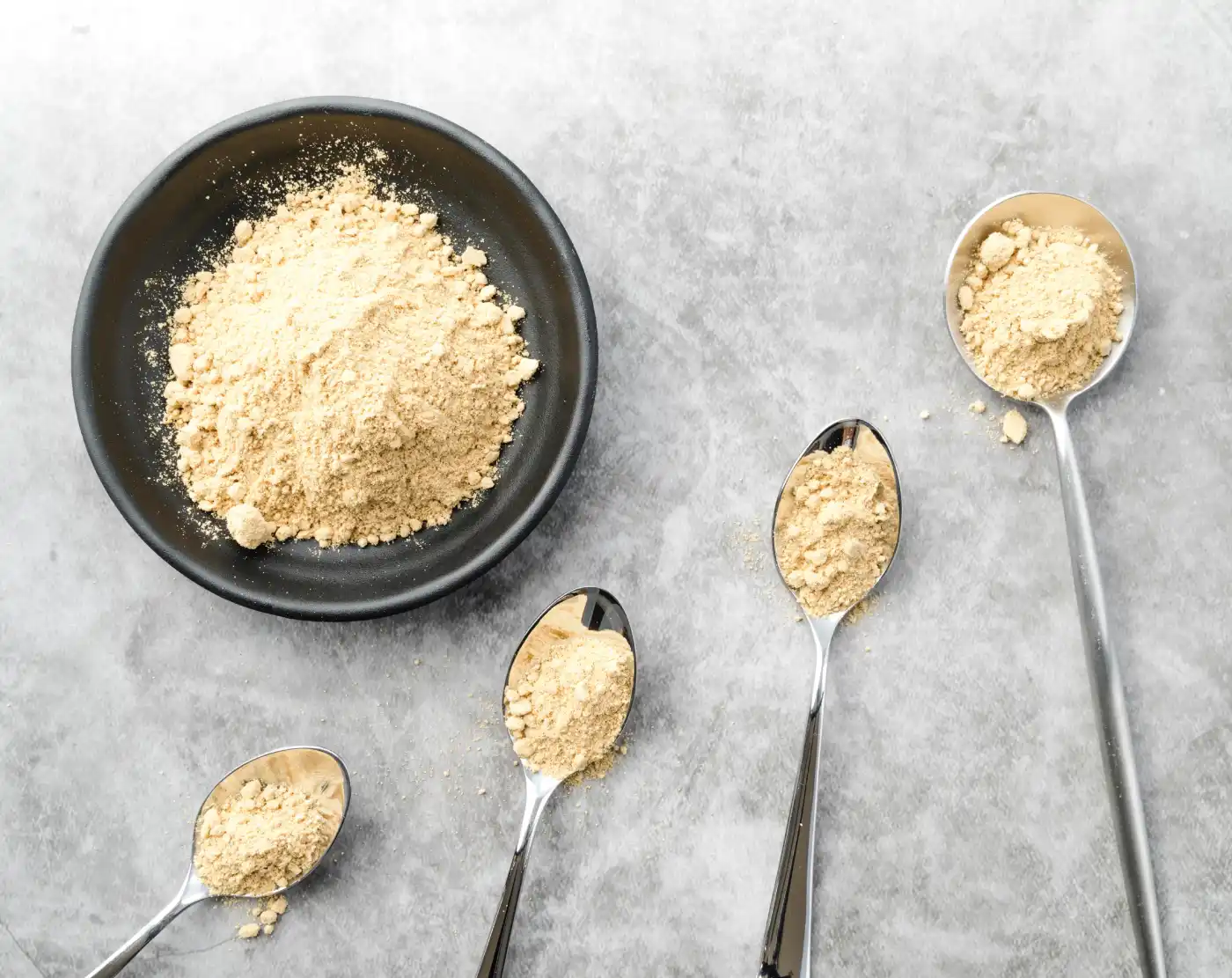Custom Fiber Fortification: How Digestive Resistant Dextrin Enables Flexible Nutrient Claims
May 2, 2025

As consumer health goals diversify, food and beverage brands must cater to a wider variety of health needs, dietary preferences, and front-of-pack label demands. The challenge is clear: each product SKU may require a slightly different nutrient claim, formulation target, or functional benefit without the luxury of reinventing your ingredient system each time.
This is where digestive resistant dextrin enables flexible nutrient claims.
With its proven benefits and consistent functionality, this single fiber ingredient empowers brands to develop a wide range of products while maintaining formulation simplicity and label compliance.
Nutrient Claim Strategy Starts with the Right Fiber
When it comes to label strategy, your fiber choice can either enable or limit what claims you can make.
Many regions define thresholds for nutrient claims like “Good Source of Fiber”, “High in Fiber”, “Supports Digestive Health”, and “Prebiotic Fiber”
These claims don’t just depend on the type of fiber used, but also on how much is present per serving, and whether the fiber has documented physiological benefits.
Resistant dextrin, unlike many isolated fibers, meets both criteria. It allows you to:
- Meet specific gram-per-serving requirements for claims
- Leverage digestive and prebiotic benefits for health positioning
- Formulate clean-label, consumer-friendly products with real nutritional value
Adjustable Dosage, Consistent Functionality
Unlike many fiber sources, resistant dextrin is highly soluble, low viscosity, and neutral in taste and color, even at elevated dosages. This allows formulators to fine-tune per-serving fiber levels without impacting sensory quality.
Whether you’re targeting:
- 2.5 g per serving for “Good Source”
- 5 g or more for “High in Fiber”
- 4–6 g for additional claims like “Prebiotic” or “Supports Gut Health”
resistant dextrin remains stable and invisible in the final product. This dosage flexibility enables precise claim positioning across product tiers with a single fiber base.
From ‘Good Source’ to ‘High in Fiber’: One Ingredient, Multiple Claims
Nutrient content claims vary by region, but resistant dextrin easily meets them with strategic inclusion:
Region | “Good Source of Fiber” | “High in Fiber” |
USA | ≥2.5 g/serving | ≥5 g/serving |
EU | ≥3 g/100g or ≥1.5 g/100 kcal | ≥6 g/100g |
APAC | Aligns with regional models (e.g., FSANZ, China NHC) |
By adjusting inclusion levels, manufacturers can use the same fiber across all SKUs, allowing claim differentiation based on product strategy.
Enables Tailored Positioning Across SKUs
Not every product needs a premium wellness message. But every product can benefit from a little better-for-you positioning.
Resistant dextrin allows you to scale your positioning based on your brand’s tier:
- Mainstream products: Use it to achieve fiber enrichment or digestive support without marketing overload.
- Functional wellness SKUs: Highlight satiety, prebiotic, or blood sugar support benefits.
- Clinical nutrition or diet lines: Reach therapeutic fiber levels with no sensory trade-offs.
This kind of nutrient and claim flexibility is key to maintaining a coherent portfolio while targeting different price points, channels, and consumer needs.
Enhancing Texture and Nutrition in Baked Goods & Snacks
When it comes to baked products, it’s not enough to add fiber. You have to preserve texture, moisture, and consumer enjoyment.
In bars, cookies, granolas, or extruded cereals, resistant dextrin supports:
- Moisture retention, reducing drying or staling
- Browning control, aiding visual consistency
- Crispness in snacks or chewiness in soft formats
- Elevated fiber content without harsh textures or reformulation
It also contributes only ~1 kcal/g, making it suitable for “better-for-you” indulgent snacks and calorie-conscious baked goods aimed at fitness or wellness consumers.
Supports Digestive Health with Proven Benefits
Consumers today view fiber as more than a digestive aid. They associate it with gut health, immune support, and metabolic balance.
Resistant dextrin’s benefits include:
- Fermentation by beneficial microbes (e.g., Bifidobacterium)
- SCFA production, especially butyrate
- Support for GLP-1 secretion, linked to satiety and glycemic control
- Gentle tolerance, with fewer side effects than inulin or FOS
These physiological effects support front-of-pack claims such as “Supports Gut Health”, “Promotes Digestive Wellness”, and “Prebiotic Fiber for Microbiome Balance”
Seamless Integration Without Sensory Trade-Offs
If you’re planning:
- A line extension with higher fiber levels
- A category shift into wellness snacking
- A reformulation for nutrient profile updates
- Or a limited-time functional claim SKU…
Resistant dextrin can bridge your portfolio and simplify the innovation process. You don’t need to source or validate a new fiber every time you launch a new product with different claim goals.
Instead, you build once with resistant dextrin and flex your claims by formulation.
Regulatory Ready: Claim Compliance Across Global Markets
Resistant Dextrin by Satoria Nutrisentials meets global regulatory standards:
- U.S.: GRAS status, FDA-recognized dietary fiber
- Europe: EFSA-approved for fiber claims
- Japan: Approved under FOSHU for digestive health
APAC: Accepted in China, Korea, Australia, and more
Conclusion: Empower Your Product Line with Flexible Fiber Fortification
In an increasingly segmented marketplace, brands need ingredients that offer flexibility without complexity. Digestive resistant dextrin empowers formulators to meet diverse nutrient content and health claims without sacrificing taste, texture, or shelf life.
With one trusted ingredient, you can:
- Customize fiber levels across product SKUs
- Align with multiple regulatory claim thresholds
- Meet consumer demand for gut health, satiety, and clean labels
- Simplify innovation, sourcing, and marketing execution
Resistant Dextrin by Satoria Nutrisentials can be your solution for flexible fiber fortification that supports every claim, every format, and every health-focused consumer.